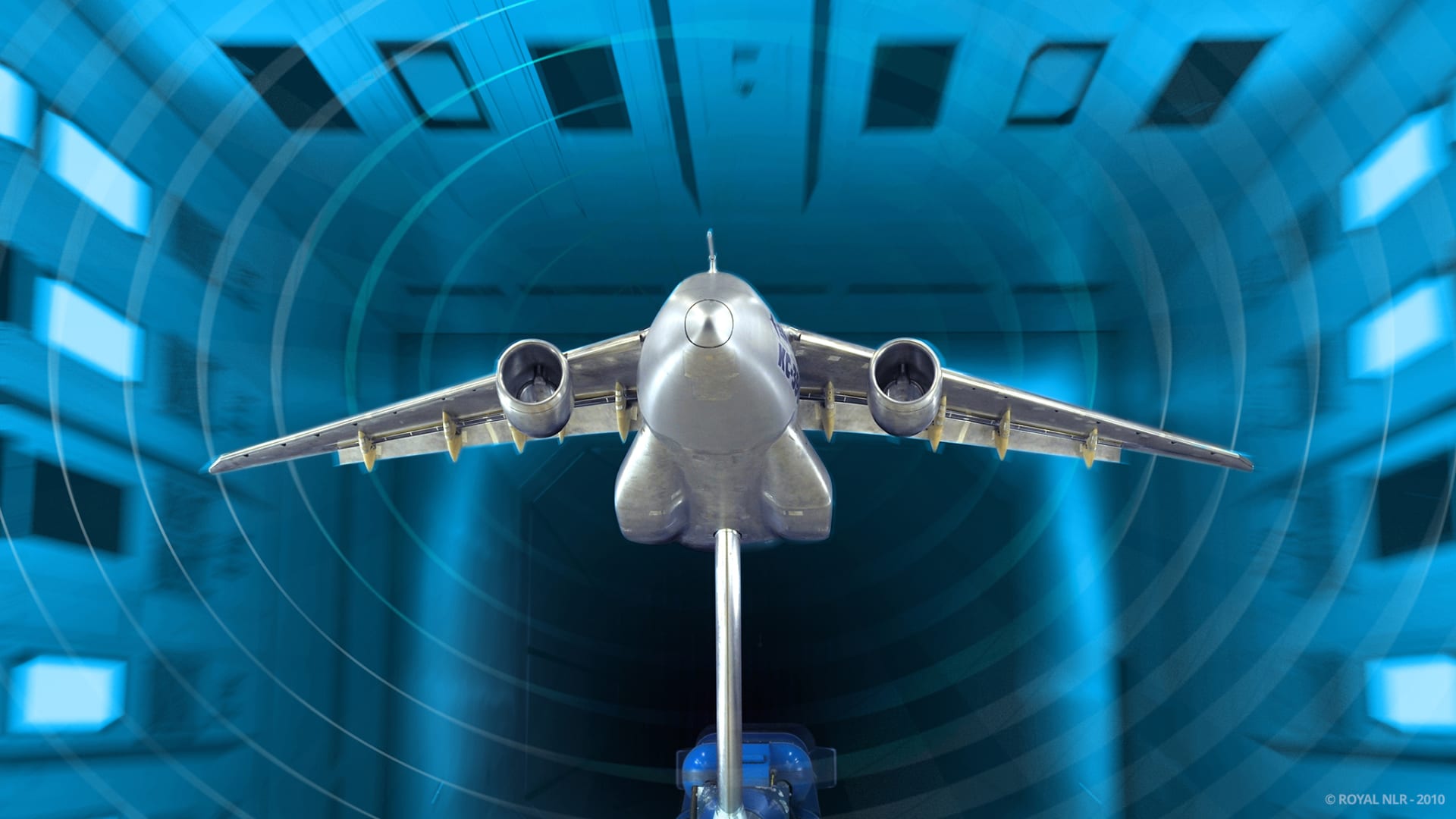
Internship: Optimisation of down-skin process parameters for laser powder bed fusion (L-PBF)
- On-site
- Marknesse, Flevoland, Netherlands
- Aerospace Vehicles
Job description
Background
Additive Manufacturing (AM) technologies build products layer by layer using data directly from 3D CAD models. AM has high potential for improving the performance and reducing the weight of mechanically loaded parts that have to perform reliably and safely during the designed lifetime. This internship project focuses on processing magnesium alloys by Laser Powder Bed Fusion (L-PBF) technology. With L-PBF, the product is constructed in layers within a powder bed (see Figure 1). The metal powder is selectively molten by a laser beam.

Assignment
The goal of this project is to develop an approach for optimising down-skin parameters and thereby reduce the need for support structures. Overhang areas are directly built on powder and not on solid material from an underlaying layer that was built previously. Building these first layers on powder brings a number of challenges: the thermal conductivity of the powder bed is much lower compared to solid material, down-skin roughness is generally high, and overhanging material may bend upwards due to thermal stresses and damage the recoater.
Supports structures are often required underneath overhang structures for fixing the newly produced material and ensuring sufficient heat dissipation, as shown in the examples in Figure 2(a). Supports, however, reduce material efficiency, add machine and process time and must be removed after production. Therefore it is preferred to minimise the number of support structures. However, no supports at all can be challenging as shown in Figure 2(b). Within this work, the aim is to reduce the need for support structures as much as possible by optimising the process parameters locally at overhang structures.

Result
Set up an internship project plan;
Literature study into:
LPBF in general
Design of LPBF support structures
Supportless LPBF processing
Down-skin parameter optimisation
Design a test plan for down-skin parameter optimisation and reduction of supports;
Fabrication and investigation of processed structures;
Analysis of experimental results;
Writing an internship report.
Duration
The duration is expected to be at least 6 months. The duration and starting time may be discussed depending on the requirements of the study programme.
Profile
For this internship, we are looking for a curious, enthusiastic, academic-level thinking and independent student who has affinity with Additive Manufacturing and (experimental) design studies.
What we offer
A challenging graduation project/internship in a high-tech, result-orientated work environmen;
Weekly supervision and availability of the technical staff for support;
An internship allowance;
Working on an actual R&D project as part of our team;
Internship results to be used in current and future projects.
About NLR
Royal NLR has been the ambitious research organisation with the will to keep innovating for over 100 years. With that drive, we make the world of transportation safer, more sustainable, more efficient and more effective. We are on the threshold of breakthrough innovations. Plans and ideas start to move when these are fed with the right energy. Over 950 driven professionals work on research and innovation. From aircraft engineers to psychologists and from mathematicians to application experts.
Our colleagues are happy to tell you what it’s like to work at NLR.
This assignment is hosted by the Metal Additive Manufacturing Technology Centre (MAMTeC) within the Aerospace Vehicles Structures Technology (AVST) department. More information can be found here: https://www.nlr.org/capabilities/additive-manufacturing
Interested?
Send your application, together with your motivation letter and CV by clicking the ‘apply’ button! Do you have some questions before applying? Contact Leon Bremer via: Leon.Bremer@nlr.nl.
or
All done!
Your application has been successfully submitted!

